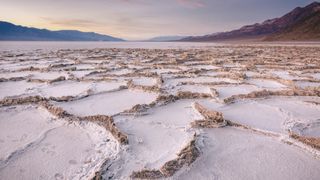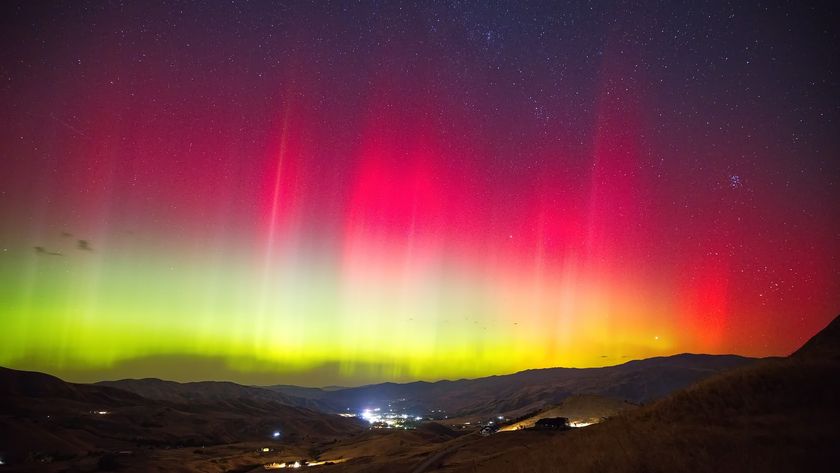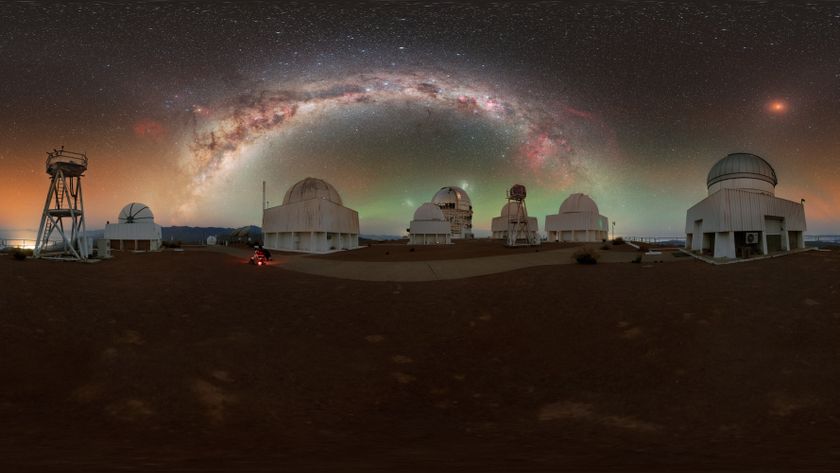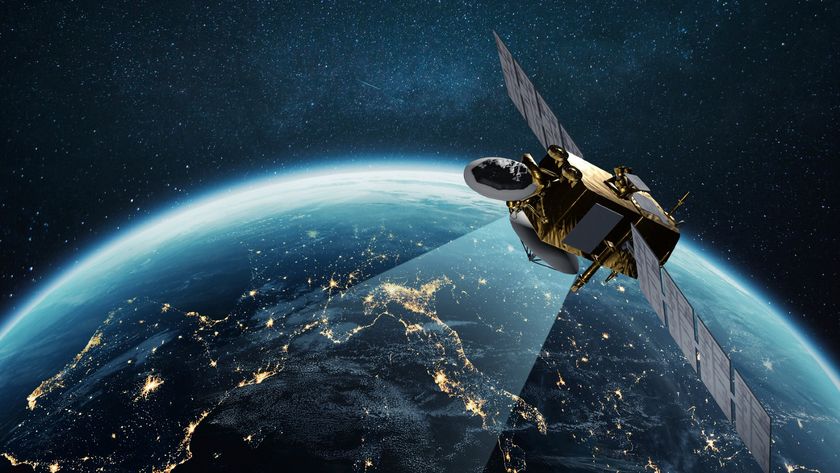Death Valley tops 130 F, setting possible global heat record
The American southwest is cooking.

California's Death Valley recorded what may be its hottest ever temperature on Sunday (Aug. 16) — a blazing 130 degrees Fahrenheit (54.4 degrees Celsius).
If that National Weather Service (NWS) measurement holds up, it will have been the hottest August temperature recorded there by 3 F (1.7 C), the hottest temperature recorded in Death Valley National Park in at least a century, and one of the hottest temperatures ever recorded anywhere in the world.
Per the climate data in xmACIS2, this is the first time since 1913 that Death Valley has reached 130F. In July 2013, it last reached 129F. If valid, it would be the hottest August temperature at the site by 3F. @NWSVegas pic.twitter.com/gZNBW4NXI4August 16, 2020
The mercury hit 130 F at 3:41 p.m. PDT, in the midst of a heatwave that has triggered power outages and wildfires across the American Southwest, as The Los Angeles Times reported.
Related: Hell on Earth: Take a photo tour of Death Valley
Does the 130 F reading represent the world temperature record? Depends on who you ask. The World Meteorological Organization reports that the highest temperature ever recorded was 134 F (56.7 C) on July 10, 1913, at the same site: Death Valley's aptly named Furnace Creek Ranch. But Christopher Burt, investigating the claim for The Weather Underground in 2016, cast doubt that the 134 F recording was accurate.
Another measurement, taken in 1931 in Kebili, Tunisia, was also higher than this year's, at 131 F (55.0 C). But there are also doubts about that claim, as The Washington Post noted.
The next universally agreed-upon record temperature was 129.0 F (53.9 C) in Death Valley on July 1, 2013. This new measurement, if confirmed, tops that.
Get the Space.com Newsletter
Breaking space news, the latest updates on rocket launches, skywatching events and more!
Other local records were set across the southwest Sunday, including in two of America's largest cities: Los Angeles and Phoenix. This has been a particularly brutal summer in Phoenix, where the average temperature in July was 99 F (37.2 C), another record, according to KTAR News.
All these records arrive as global climate conditions rapidly deteriorate. For instance, the Arctic is ablaze with wildfires for the second year in a row, which scientists worry means we have entered a global "fire regime" that even pessimistic climate change models didn't anticipate arriving until around the 2050s, according to The Post.
Originally published on Live Science.
Join our Space Forums to keep talking space on the latest missions, night sky and more! And if you have a news tip, correction or comment, let us know at: community@space.com.

Rafi wrote for Live Science from 2017 until 2021, when he became a technical writer for IBM Quantum. He has a bachelor's degree in journalism from Northwestern University’s Medill School of journalism. You can find his past science reporting at Inverse, Business Insider and Popular Science, and his past photojournalism on the Flash90 wire service and in the pages of The Courier Post of southern New Jersey.











